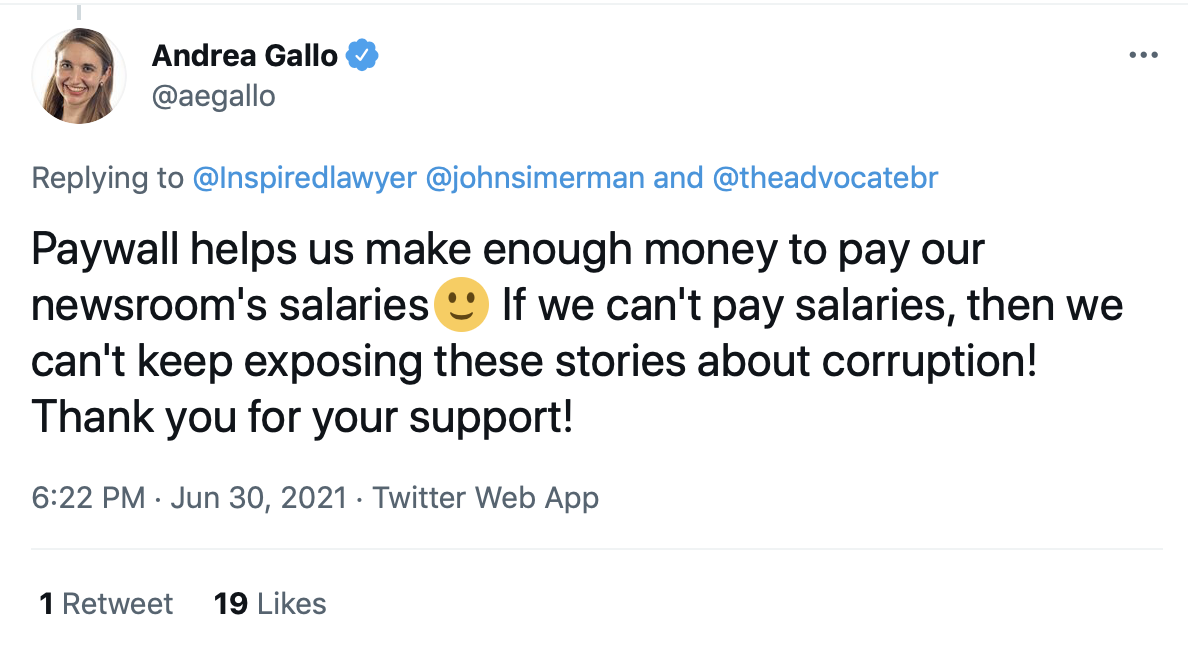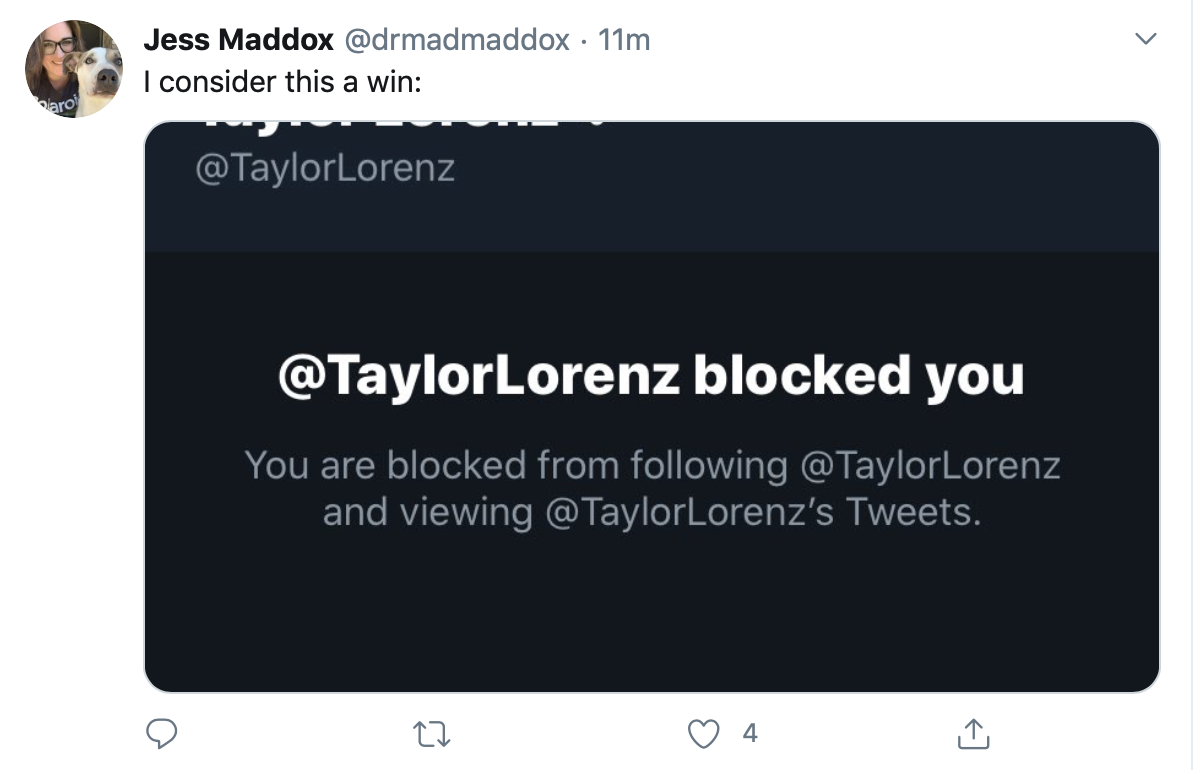Is this champion a quitter? Glad to see the media say no
/(PHOTO FROM WIKIPEDIA COMMONS / Fernando Frazão, Agência Brasil)
Among a cascade of memorable Olympics stories over the years, I especially remember the tale of a guy who finished last.
During the 1992 Summer Games in Barcelona, Great Britain’s Derek Redmond tore a hamstring muscle in the middle of his 400-meters semifinal and collapsed. He got up and, in anguish, began limping toward the finish line. His father rushed from the stands and onto the track, grabbed him, and propped him up as he tried to complete the race. Near the end, the father let go of him, and Redmond hobbled across the line on his own to a standing ovation. Today it remains a famous moment of determination and inspiration.
But really, he probably should have stayed down and let the medics come get him.
I contrast that story with the decision of four-time gold medal winner Simone Biles to withdraw during the gymnastics team finals last week at the current Games in Tokyo. After an unexpectedly flawed rotation on the vault, Biles said stress and mental health concerns prevented her from continuing in that and other events (though she did rejoin for the balance beam competition today).
Hard to argue with Biles’ bowing out. An unprepared gymnast not only can hurt her team’s chances, but also can wind up severely injured.
The related striking contrast was the news media’s reaction, which for the most part seemed highly supportive of Biles. The reaction stories and commentary that I saw acknowledged the enormous, burdensome expectations placed on the 24-year-old superstar to deliver perfection yet again. The smartest of these stories acknowledged the significant role of the media in adding to those expectations, especially by NBC, which is broadcasting the current Games and promoted Biles like crazy. And I saw rightly placed empathy for a gymnast who was repeatedly sexually abused by the former doctor of USA Gymnastics.
My department colleague Dr. Andrew C. Billings, who has conducted extensive research on various aspects of Olympics TV coverage, also saw positive reporting on Biles’ decision. “Overall, I was pleasantly surprised by much of what I saw within the media coverage of Simone Biles. … There were a lot more thoughtful, reflective reactions than I’d anticipated.”
The news media haven’t always been like this. There’s a long history of media (with plenty of help from coaches) applauding and perpetuating “the warrior mentality,” by which athletes are supposed to play through injury for the sake of the team. The worst examples are the countless times football players at all levels have ignored or refused to report head injuries. Thankfully, that has changed dramatically in recent years, with greater awareness on the part of players, coaches and trainers, and a greater willingness of the media not only to stop throwing bouquets of heroism but also to actively call out the dangers.
Still, it was very possible to find pointed attacks on Biles for being a “quitter,” though more from bloggers and social media than from mainstream news outlets. Billings said, “There were outliers – people who see Olympians less as people and more as quadrennial characters whose job is to entertain us and bring national glory.”
The critics may hold more traditional notions of the athlete ethic. But some, based on their track records, were likely influenced by Biles’ being a hugely successful Black female. They of course couldn’t resist a chance to do some vile pandering to a particular audience, not unlike the criticisms aimed at tennis superstar Naomi Osaka when she cited her mental health for skipping tournament press conferences (I know, not an exact parallel).
Let’s leave those people to deal with their defects. Multiple other writers and commentators offered that Biles did a public service in letting athletes – or anyone – see that vulnerabilities do arise, that they aren’t just physical, and that self preservation should be an obligation, too. Even for the biggest names on the biggest stages.
It would be good to see the news media continue to adopt that view toward performers, regardless of gender, regardless of sport.















